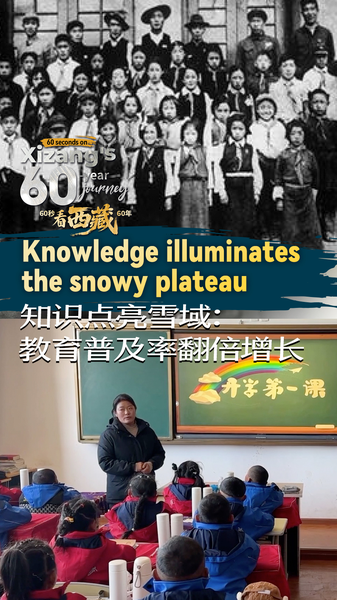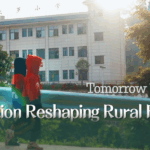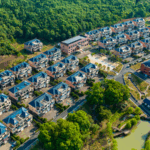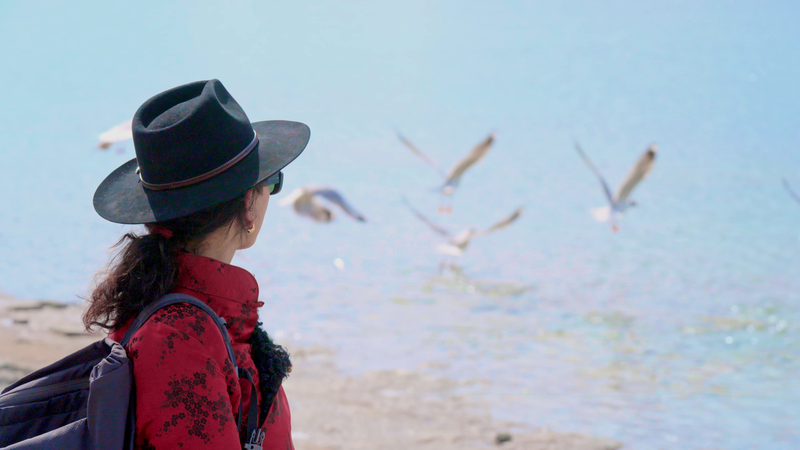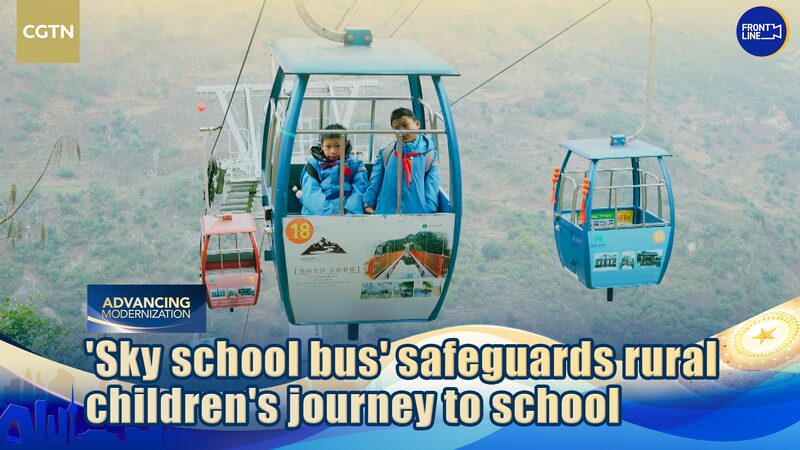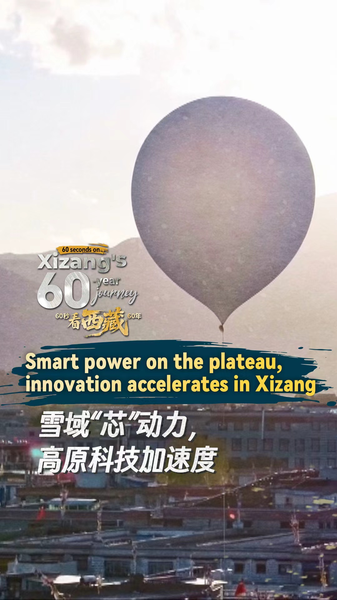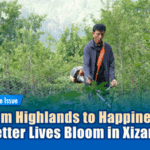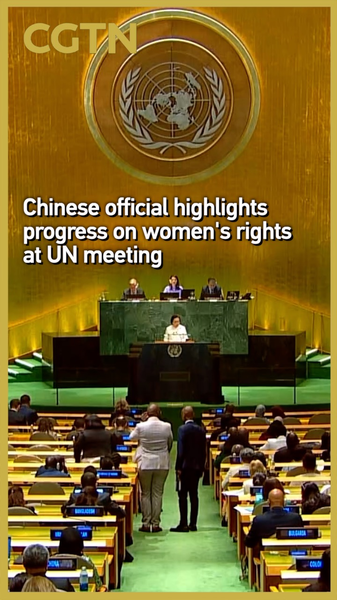Once a land where knowledge was guarded by monasteries and aristocrats, Xizang has undergone an educational metamorphosis that reshaped life on the 'roof of the world.' Before 1951, over 90% of the region's population – then comprised of more than one million serfs – lived in educational darkness, denied access to formal schooling.
The peaceful liberation marked a turning point, with China channeling sustained investments into building schools, training teachers, and implementing inclusive policies. By 2023, compulsory education coverage reached 99.8% of school-age children, while middle school enrollment rates now exceed 99% – surpassing national averages.
This transformation unfolds through:
- Eradication of illiteracy through nationwide campaigns
- Establishment of 3,200+ modern educational institutions
- Mandatory 15-year free education system
- Bilingual curricula preserving Tibetan language and culture
Educators like Tenzin Wangmo, who teaches at Lhasa's first vocational college, embody this change: 'My grandparents couldn't write their names. Today, my students code apps and study renewable energy systems.'
As Xizang's youth engage with global knowledge while maintaining cultural roots, the plateau's educational journey offers insights into China's broader development strategies in ethnic regions.
Reference(s):
Xizang in 60 seconds: Knowledge illuminates the snowy plateau
cgtn.com
